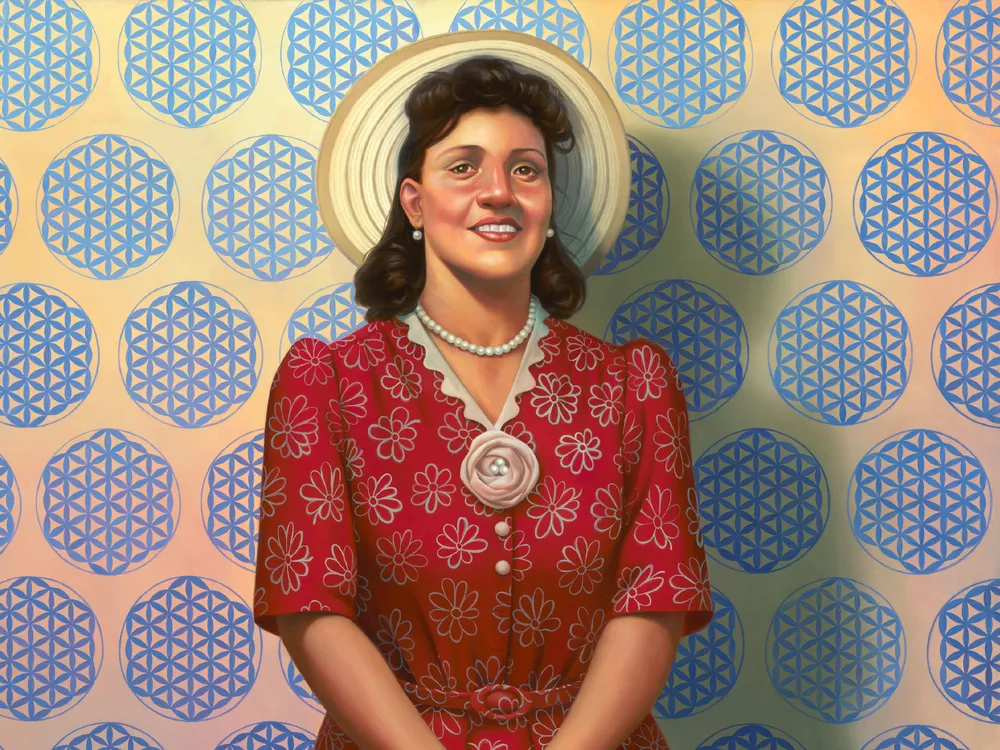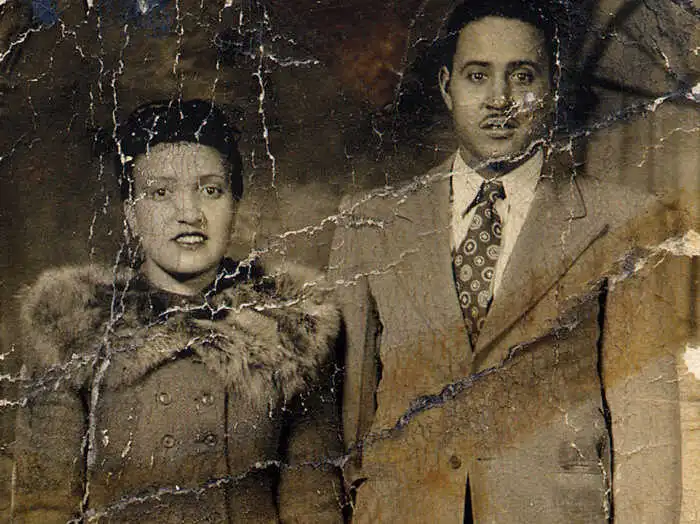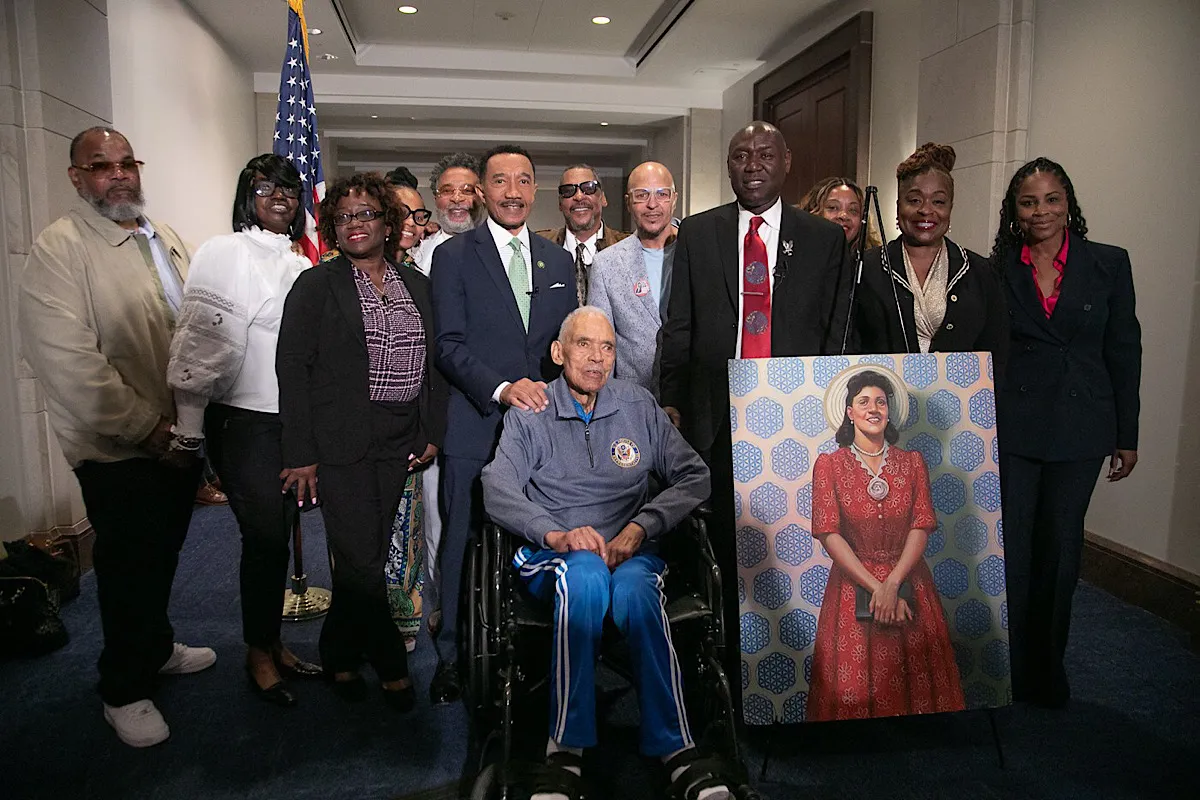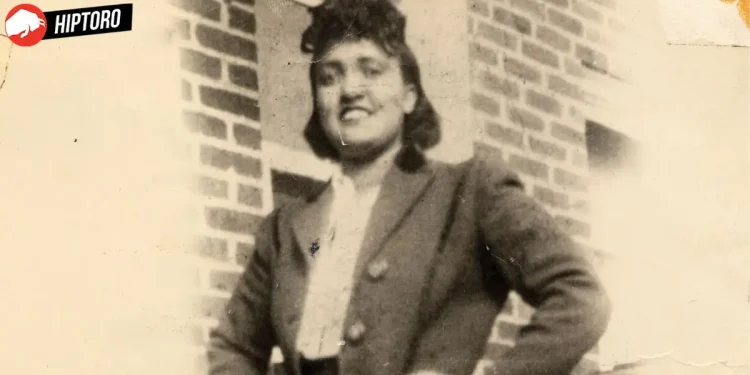Henrietta Lacks was an African-American woman, who is known for her cancer cells which have been used to create the HeLa cell line. This cell line is the first of its kind, as it can continuously replicate under certain conditions, making it a crucial resource in medical research. Even today, the HeLa cell line remains a valuable source of medical information.

Early Life
Henrietta Lacks, also known as Hennie, was born on August 1, 1920, in Roanoke, Virginia to Eliza and John Pleasant. She was described as having hazel eyes, a slim figure, size 6 feet, and a fondness for red nail polish and well-pressed skirts. Her family is unsure of how her name was changed from Loretta to Henrietta.
Henrietta Lacks’ Husband
David “Day” Lacks and Henrietta Lacks tied the knot on April 10, 1941, in Halifax County, Virginia. In the same year, their relative Fred Garrett persuaded them to depart from their tobacco farm in Virginia to reside in Turner Station, near Dundalk, Maryland in Baltimore County. This move was motivated by Day’s employment opportunity at Bethlehem Steel in Sparrows Point, Maryland.
Soon after relocating to Maryland, Garrett was summoned to serve in World War II. Thanks to the money given to her by Garrett, Day Lacks was able to buy a home on 713 New Pittsburgh Avenue in Turner Station.
At that time, Turner Station, which is now part of Dundalk, was among the most established and biggest African-American neighborhoods in Baltimore County.

Henrietta Lacks and Day Lacks lived in Maryland and had three additional children: David “Sonny” Lacks Jr. in 1947, Deborah Lacks (later known as Deborah Lacks Pullum) in 1949 (passed away in 2009), and Joseph Lacks (later known as Zakariyya Bari Abdul Rahman after converting to Islam) in 1950.
Henrietta’s final child was born at Johns Hopkins Hospital in Baltimore in November 1950, just four and a half months before she was diagnosed with cervical cancer.
Discovery of HeLa Cells
Henrietta Lacks went to Johns Hopkins on January 29, 1951. Johns Hopkins was the only hospital nearby that gave medical care to African American people. She sought treatment for a “knot” she felt in her uterus.
Before this, she had confided in her cousins about the “knot” and they were correct in assuming she was pregnant. However, after giving birth to Joseph, Lacks experienced a severe hemorrhage.
After being referred by her main physician, William C. Wade, Lacks was sent back to Johns Hopkins where her doctor, Howard W. Jones, performed a biopsy on the mass found on her cervix. The sample was then sent to a laboratory for testing and it was determined that she had a cancerous epidermoid carcinoma.

However, in 1970, it was discovered that she had actually been misdiagnosed with adenocarcinoma, a common error at the time. Fortunately, this did not affect her treatment plan as the recommended course of action was the same for both types of cancer.
Henrietta Lacks received radium tube inserts while staying in the hospital and was released a few days after with directions to come back for X-ray sessions as a follow-up. Without her consent or awareness, two specimens were extracted from her cervix during the sessions: one from normal tissue and the other from cancerous tissue.
George Otto Gey, a physician and cancer researcher at Johns Hopkins, received these samples. The cells from the cancerous sample were later named the HeLa immortal cell line and are now widely used in modern biomedical research.
Presently, these remarkable cells, also known as “HeLa” cells for their initials derived from the donor’s name, serve as a valuable tool in researching the impact of toxins, medications, hormones, and viruses on the proliferation of cancer cells without subjecting human subjects to experimentation.
They have been utilized to evaluate the consequences of radiation and harmful substances, investigate the human genetic makeup, gain insight into the functioning of viruses, and significantly aid in the creation of polio and COVID-19 immunizations.
Legal Issues
Henrietta Lacks and her family was not consulted or asked for consent by her doctors to collect her cells, which was not a standard practice or legal requirement at the time. These cells were then utilized for both scientific studies and profit-making ventures.
During the 1980s, there were instances where family medical records were made public without the family’s permission. This same concern was addressed in the Supreme Court case of Moore v. Regents of the University of California in 1990. The court ultimately determined that an individual’s discarded tissue and cells do not belong to them and can be used for commercial purposes.









